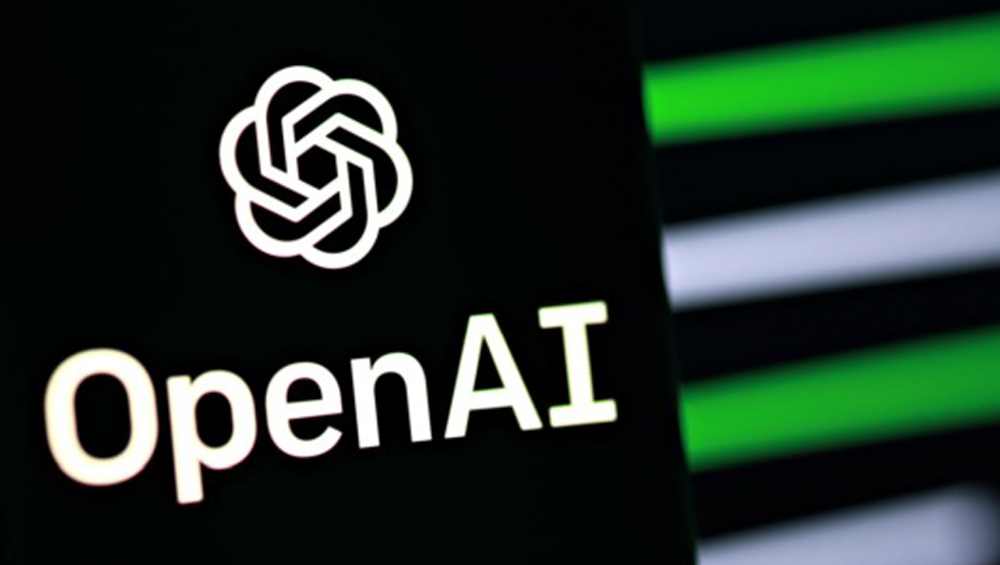OpenAI Introduces Technology Capable of Image Reasoning

OpenAI Introduces Advanced Image Reasoning Technology
OpenAI, a leading organization in artificial intelligence research, has launched a groundbreaking technology that allows machines to understand and reason with images. This advancement represents a significant leap forward in the field of AI, potentially opening up numerous applications across various industries.
Understanding Image Reasoning
What is Image Reasoning?
Image reasoning refers to the ability of artificial intelligence systems to interpret and make inferences based on visual data. Unlike traditional image recognition technologies that merely identify objects within images, reasoning capabilities allow AI to analyze relationships between items, deduce context, and draw conclusions from visual information.
How It Works
The new technology developed by OpenAI utilizes deep learning techniques and neural networks to process images. Here’s a simplified breakdown of its functionality:
- Data Input: The system receives an image as input.
- Feature Extraction: Advanced algorithms analyze various features of the image, including shapes, colors, and textual elements.
- Relationship Mapping: The AI identifies relationships and interactions between the elements in the image.
- Inference Generation: Finally, it generates conclusions or answers based on the analyzed data.
Potential Applications
Enhancing Assistive Technologies
One of the most promising applications of this technology is in assistive devices for people with visual impairments. For example, an AI-driven tool could describe the environment around a user, helping them make sense of their surroundings and navigate more safely.
Advancements in Autonomous Vehicles
In the realm of autonomous driving, reasoning with images can enhance a car’s ability to make real-time decisions. By interpreting road signs, detecting pedestrians, and predicting the behavior of other vehicles, AI can facilitate safer driving experiences.
Improvements in Healthcare
In healthcare, the new technology can analyze medical images, such as X-rays and MRIs. By identifying patterns that may indicate diseases, it can assist doctors in diagnosis and treatment planning, leading to better patient outcomes.
Challenges Ahead
Despite the exciting advancements in image reasoning technology, several challenges need addressing:
Ethical Concerns
The deployment of AI that can interpret and make judgements based on images raises ethical questions. Ensuring that the technology is used responsibly and does not reinforce biases present in training data is crucial.
Technical Limitations
The AI’s ability to reason with images is still in development. It may not always be accurate, which can result in misinterpretations. Continuous testing and improvements are necessary to enhance reliability.
Privacy Issues
As AI systems become more proficient at analyzing images, concerns regarding privacy and data security arise. Safeguarding personal information and ensuring compliance with privacy regulations will be a critical focus for developers and policymakers.
Future of AI in Image Understanding
As OpenAI continues to refine its image reasoning technology, the possibilities for its usage expand. AI may soon become an integral part of everyday life, enabling smarter solutions across various fields, from entertainment to security.
Innovations on the Horizon
Researchers are already exploring ways to further enhance image reasoning capabilities. Future developments may include:
- Enhanced Multimodal Learning: Combining visual data with textual information to improve understanding.
- Greater Context Awareness: Enabling AI to consider situational contexts when interpreting images.
- Real-Time Processing: Developing methods to analyze images instantaneously for immediate decision-making.
OpenAI’s innovation in image reasoning is poised to influence multiple sectors, shaping how we interact with technology and the world around us. As advancements continue, the focus will be on creating systems that enhance human capabilities while addressing the ethical and practical challenges posed by such powerful tools.






